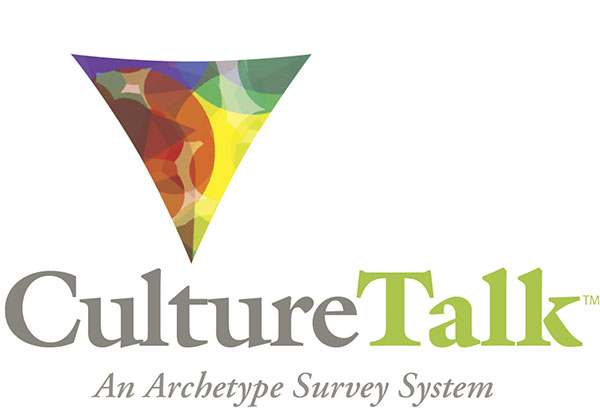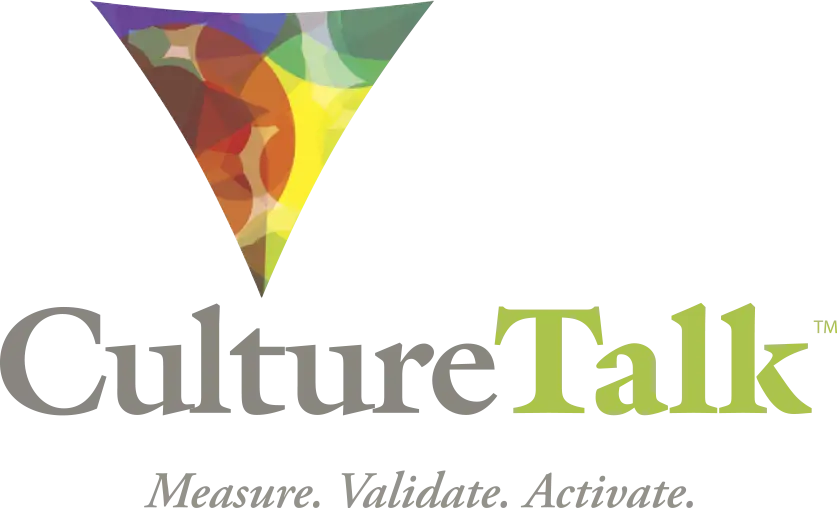Help Teams Adapt to Change and Build Resilience
- April 10, 2022
- 9:45 am
- Cynthia Forstmann
To illustrate, let's revisit a classic business allegory.
The longer we are exposed to rapid cycles of change and reinvention (think pandemics, work-from-home, hybrid, remote) the more we hear about things like burnout, employee mental health and wellness, and how all of this is impacting team performance and workplace culture.
The World Health Organization includes ‘burnout’ in its International Classification of Diseases, describing the condition as: ‘exhaustion, mental distance from job, and cynicism.’ If you are leading a team – does this sound like someone who’s going to be productive and engaged? Probably not.
We cannot build workplace cultures that thrive and teams that are moving our strategy forward unless we are also addressing the wellbeing of each person on our team.
Being aware of each individual and what they need is an important leadership skill. It takes emotional intelligence – the ability to identify and manage one’s own emotions, as well as the emotions of others.
And it’s important that we are seeing people as individuals because burnout is personal.
Think about that. While we all may need to deal with the same set of challenges and changes, they affect each of us differently. Let’s just take ‘work from home’ as an example. For some – this situation zaps their energy, but for others — it capitalizes on their strengths.
So, if we are trying to build resilient teams, it’s not a one-size fits all approach. And it’s not going to be solved with a day off or a happy hour. Instead, we need to focus on building resilience in each member of the team — what do they need to recognize their own triggers and redirect their own stress responses?
“Managers, founders and leadership teams must understand where each team member shines and what motivates them."
| Malnik and Trumpfellar, “Burnout: The Remote Workers Biggest Opponent”
Certified Staffing Professional, Cindy Stradling echoes the idea that resiliency can be learned and mastered. She identifies three important questions people should be asking:
- What brings you down?
- What lifts you up
- What drives you?
I love the simplicity of these questions and how well the Archetype framework we use at CultureTalk helps people to answer them.
The Archetypes are human stories — rich and colorful, but also flawed and relatable. We can use them understand our motivations and position our strengths. But each Archetype also has shadow traits – behaviors that may get triggered in response to stress.
How can knowing our Archetypes help teams adapt to change and build resilience? To illustrate, let's revisit a classic business allegory.
Our Iceberg is Melting, originally published in 2005, is a timeless tale spun by change management guru John Kotter of the Harvard Business School. For those who are not familiar, it’s a quick and entertaining read.
Kotter and his co-author introduce a colony of 268 emperor penguins who are facing a new crisis. The iceberg, where they’ve made their home for as long as anyone can remember – is melting. As the story unfolds, we meet penguins with distinct personalities who must pull together to avert the coming danger.

And even though, most of us have probably never worked with penguins, you will probably recognize a few of these characters from your team or organization and relate to what happens as the colony rises to the crisis and accepts the challenge to change quickly.
I want to lean into Kotter’s classic to uncover another dynamic: how each individual penguin responds to the crisis and how their ability to develop resiliency impacts what the colony can accomplish all together.
Let's look at 5 key penguin characters and the roles they played through the lens of a core Archetype. See if you can begin to recognize these stories and patterns.


Meet Fred.
Fred is the penguin who first discovers the impending disaster – and it’s no wonder. Because Fred is curious and observant and often wandering around the iceberg by himself.
Based on this description of Fred, we see that one of his core Archetypes is the Explorer. Explorers are people or penguins who are tuned into what’s just over the horizon. They may ask question like Fred: “How can I make others see what’s coming…?”
Once Fred does see the problem, he’s quick to inform one of the colony leaders, Alice.

Alice is known as a bird of action.
She has a reputation for being short on words and quick on action – her core Archetype is the Hero, someone who makes it a point to be prepared for any challenge.
Like Alice, people with a strong Hero hate indecisiveness because they are always ready to charge ahead!
But Alice knows it would be a mistake to make a move without engaging the head of the colony, Louis.

Louis likes to get things done too, but he wants it to be orderly.
And he wants to make sure that no one gets left behind. Where Alice lacks patience, Louis brings it in spades. And he knows he can lead by example, keeping other birds calm along the way.
These characteristics are true for people who have high Caregiver Archetype. As a Caregiver, Louis is also able to see the potential in others and nurture it out of them.
As Louis considers the dire problem of the melting iceberg, he knows that’s there’s not one penguin that can save them, but it will take a concerted team effort. He immediately recruits Fred and Alice to a team he calls the council of 5 and then he invites two more penguins whose unique strengths he sees he needs.

For others on the team, Buddy initially looks like an odd choice.
He’s younger and has no real leadership experience. And yet as the story unfolds, Buddy plays a pivotal role in bringing the colony on-board.
It is Buddy’s Jester Archetype that contributes to his easy-going-ness and popularity. It’s what makes him able to deliver hard truths and be heard.

Louis also invited the professor to the Council of 5.
As his nickname suggests The Professor hates unanswered questions and strives to distinguish fact from opinion.
This is a Sage Archetype at their finest, forcing people to slow down and ask the right questions.
The Professor plays a pivotal role in addressing false rumors and dispelling seeds of doubt in the colony as the disaster unfolds.
Without giving away all the details, we can share that it all works out for the penguins. If you want to know more … it’s a great read with sharp business lessons.
But for our look at adapting to change and building resilience, think about the 5 Archetypes just introduced. Do you know who behaves just like this? Maybe you recognized someone on your team? Maybe one is like you?
Let’s begin with our Explorer, who is inclined to be on the move. For this person, a lack of freedom – whatever its cause – is experienced as a big challenge. When simply reacting, our Explorer will likely just disconnect.
Our Explorer is inspired by – and not afraid of – everything and anything new. To tap their resiliency, send them out as scouts to uncover new opportunities and approaches.
Our Hero is action oriented. So, when met with big, unanswered questions that require some time to sort out, we may experience them as overly aggressive.
Likewise, Heroes thrive on action and ALWAYS rise to a challenge. When you are ready to move forward and need to inspire the team, give the Hero and impossible goal. And then get out of the way!
Just like the lead penguin Louis, Caregivers instantly recognize what each person needs. And they respond … and respond… and respond, until they drain their own energy in an unhealthy way.
Caregivers are more deliberate and thoughtful – expertly reading the needs of the whole group. If you give them the responsibility to look after others, they’ll bend over backwards to make sure no one gets left behind.
Jesters may feel threatened by situations that are heavy. Like the class clown, they sometimes crack jokes that are meant well, but are not received that way.
Jesters want everything to be okay and everyone to feel good. They are not afraid to say hard things directly. If you engage them to deliver bad news, things will go more smoothly.

And Sages, like our Professor Penguin, freeze without out data. It’s like their ultimate safety net. Without it, they feel naked and unprepared, so often react by questioning everything and dragging everyone down.
There is no getting around the fact that Sages need facts. Period. So, give them information and then give them more information. The truth is, in crisis, we often don’t even know what questions to ask. But the Sage does. And ultimately, engaging them and asking for their help will move everyone forward faster, although it may feel like they slow things down.
"Through the lens of Archetypes, we can better understand the personal nature of triggers and reactions – and well as motivations – and what each Archetype brings to a team through resilience."
| Cynthia Forstmann, CultureTalk Co-founder
Leaders who understand the Archetypes of their team members can use this lens much like Louis did – to lean on individuals for their strengths, to help them manage reactions and shadow behavior, and to show up in resilient ways for the good of the team.
We call this ability to read and reframe motivations in self and other ‘Narrative Intelligence.’
Individual team members can also learn to apply Narrative Intelligence to their own change experiences, using Archetype to understand their triggers and potential for resilience.
Working with a team?
- Consider our Flip the Switch Program – a two-part team intensive focussed on change and resilience.
- Our network of Certified Partners can bring Flip the Switch into your organization.
Our profile of characters in Our Iceburg is Melting allegory was also shared as part of a webinar. You can catch the full replay below.





